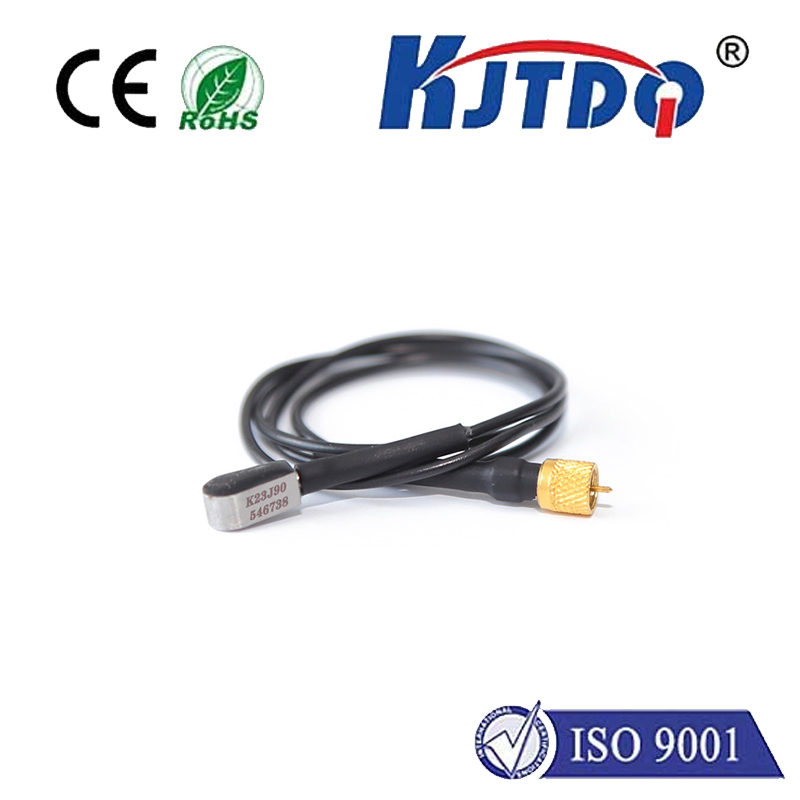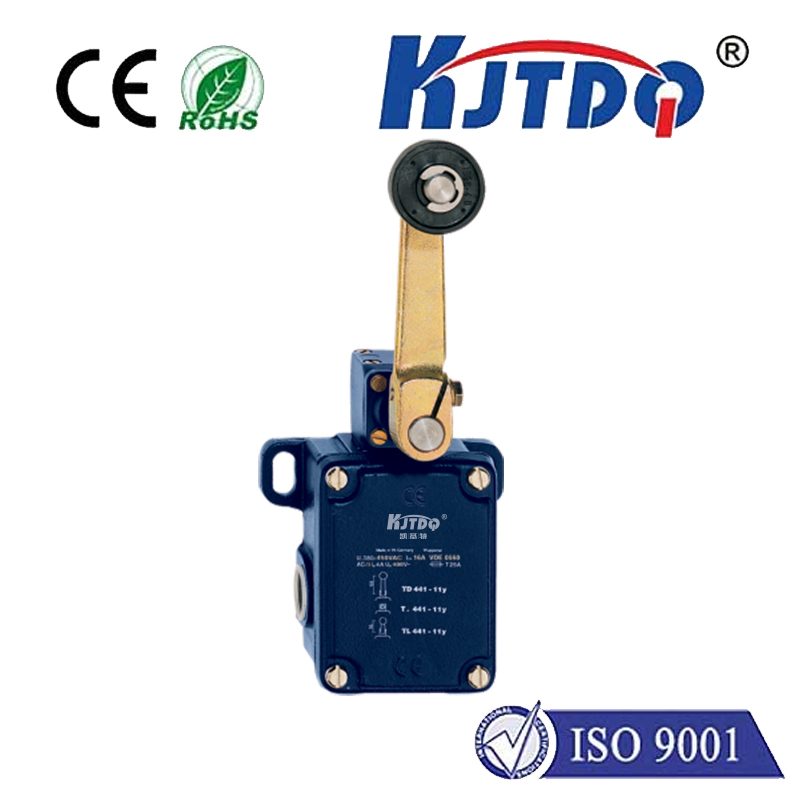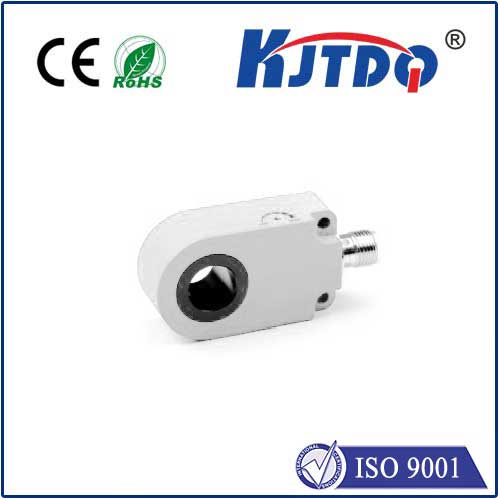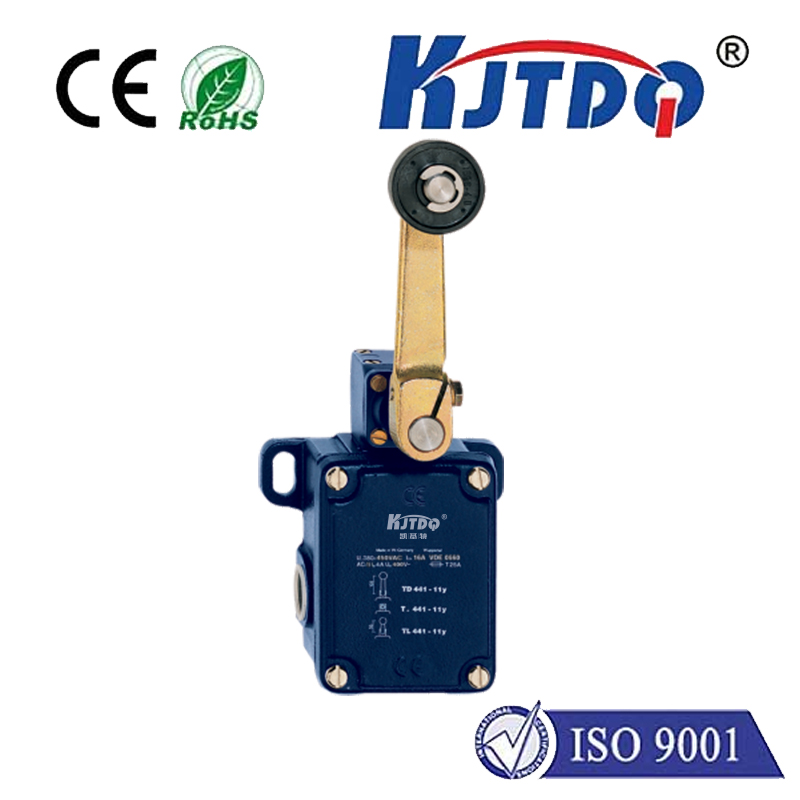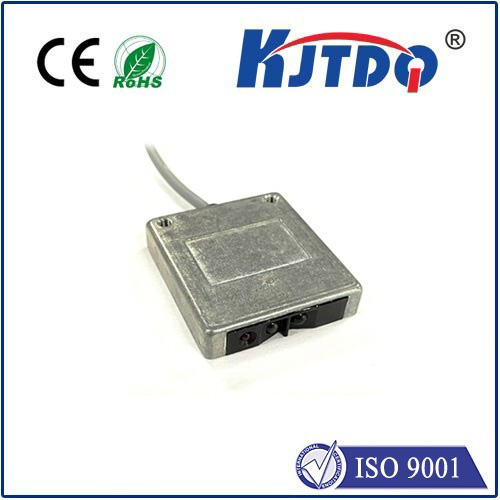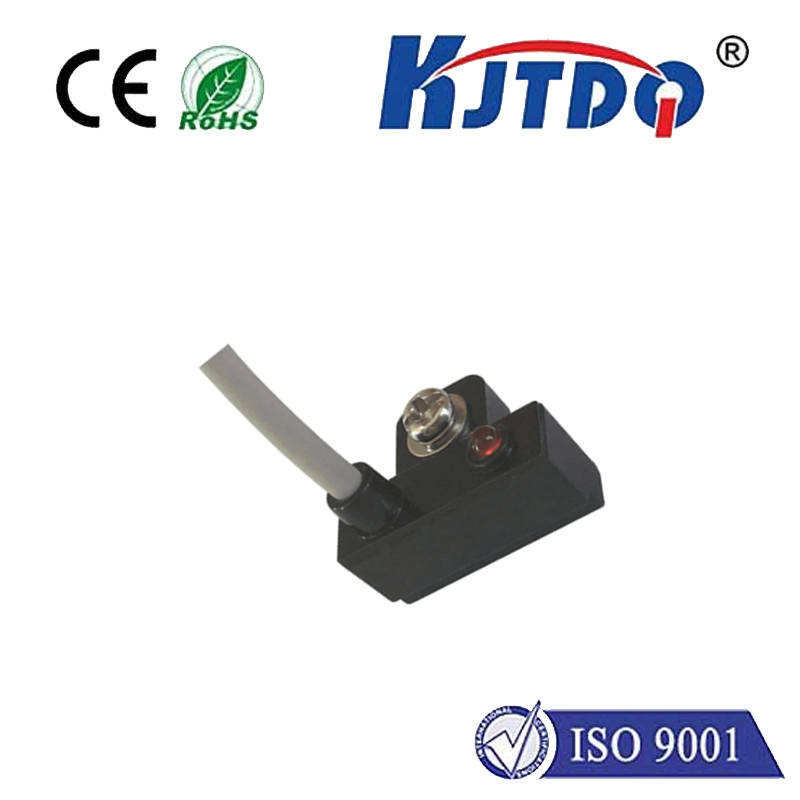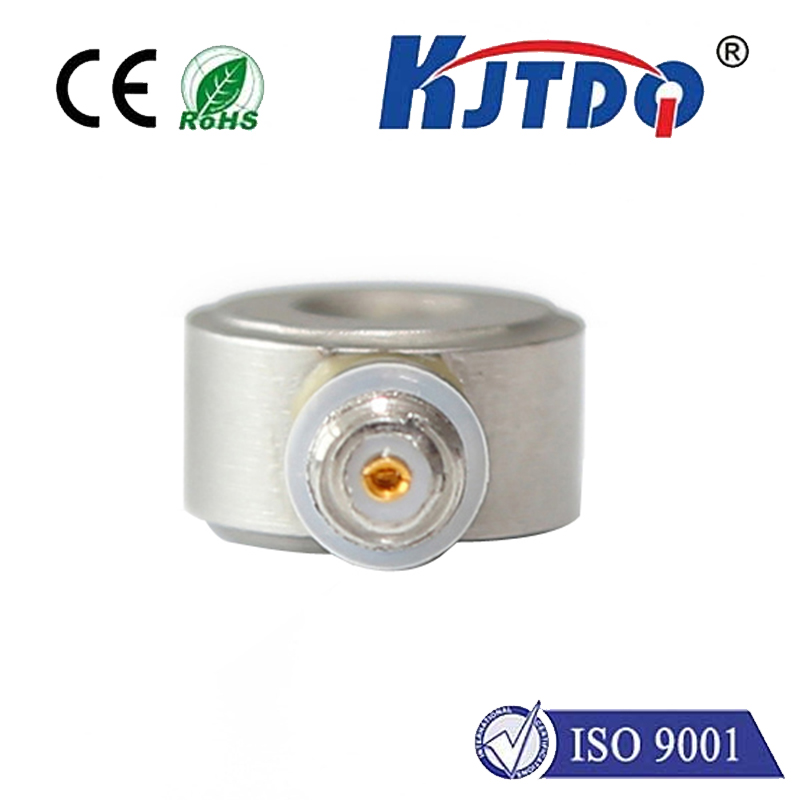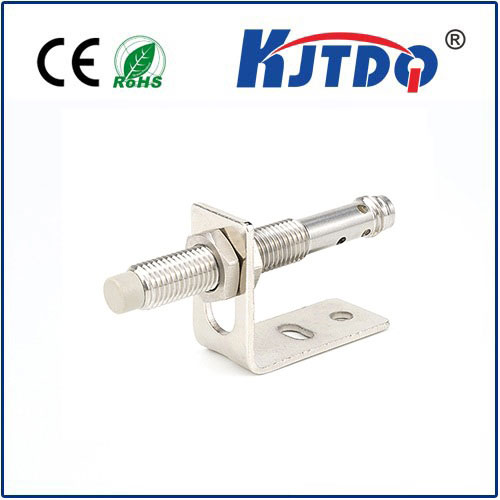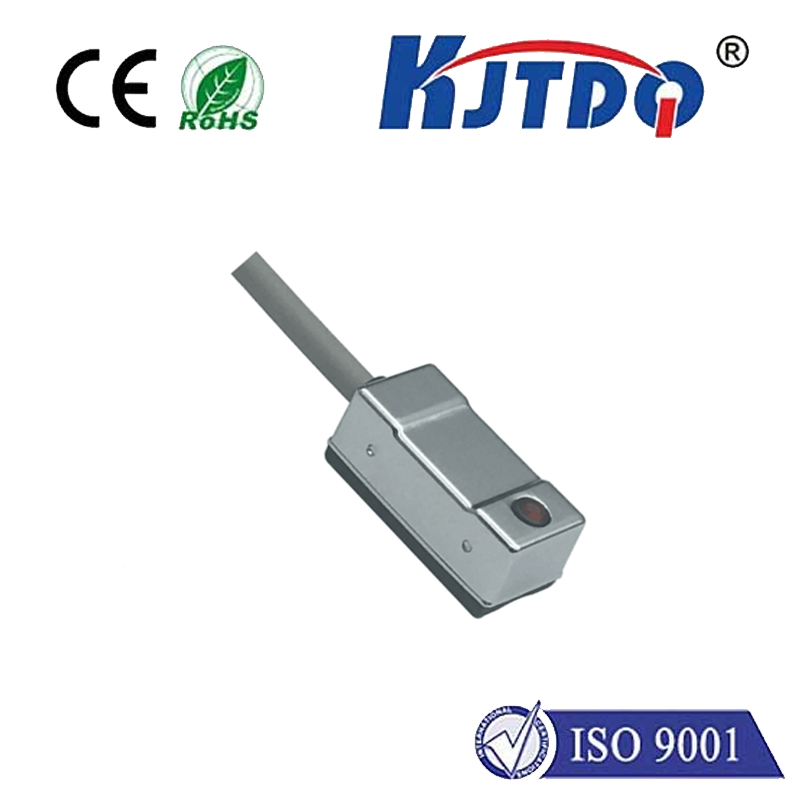
check

check

check

check
Title: Exploring the Functionality of End Limit Switches
In the realm of automation and machinery, one crucial component that ensures precision and safety is the end limit switch. This device plays a significant role in various industries, from manufacturing to robotics, where accuracy and control are paramount. In this article, we will delve into the functionality of end limit switches and how they contribute to the efficiency of mechanical systems.
The Basics of End Limit Switches
An end limit switch is an electromechanical device that detects the presence or absence of an object within its sensing range. It consists of a set of electrical contacts that open or close when activated by physical contact with a target component. The primary function of an end limit switch is to provide feedback on the position of a machine's moving parts, allowing for precise control and monitoring.

Applications in Manufacturing
In manufacturing processes, end limit switches are commonly used to monitor the movement of conveyor belts, assembly lines, and other automated machinery. They serve as safeguards to prevent overtravel, ensuring that machines do not exceed their intended range of motion. For instance, in a packaging line, end limit switches can detect when products have reached the end of the conveyor belt, triggering the system to stop or redirect the product flow.
Enhancing Robotics Performance
End limit switches are also essential in robotics, where they contribute to the accurate positioning and manipulation of robotic arms and other mechanisms. By providing real-time feedback on the robot's movements, these switches enable operators to fine-tune the robot's actions, resulting in more precise and efficient performance. Additionally, end limit switches help to avoid potential collisions between robotic components or with nearby objects, enhancing overall safety in robotic operations.
Safety and Maintenance Benefits
Beyond their functional roles, end limit switches offer numerous safety benefits by preventing accidents caused by uncontrolled machinery movement. They act as emergency stops, immediately halting machinery if it deviates from its programmed path. This feature is crucial in environments where human workers may be present, reducing the risk of injury.
From a maintenance perspective, end limit switches can alert technicians to potential issues before they escalate into more severe problems. By monitoring the switch's activity, maintenance teams can identify wear and tear, misalignment, or other mechanical issues at an early stage, allowing for proactive maintenance and reducing downtime.
Conclusion
In conclusion, end limit switches are vital components in modern automation and machinery. Their ability to detect positions accurately and provide timely feedback ensures the smooth operation of industrial processes while enhancing safety measures. As technology continues to advance, the importance of these devices will only grow, making them an integral part of any well-designed mechanical system. By understanding their functionality and applications, engineers and technicians can harness the full potential of end limit switches to drive efficiency and innovation across various industries.
